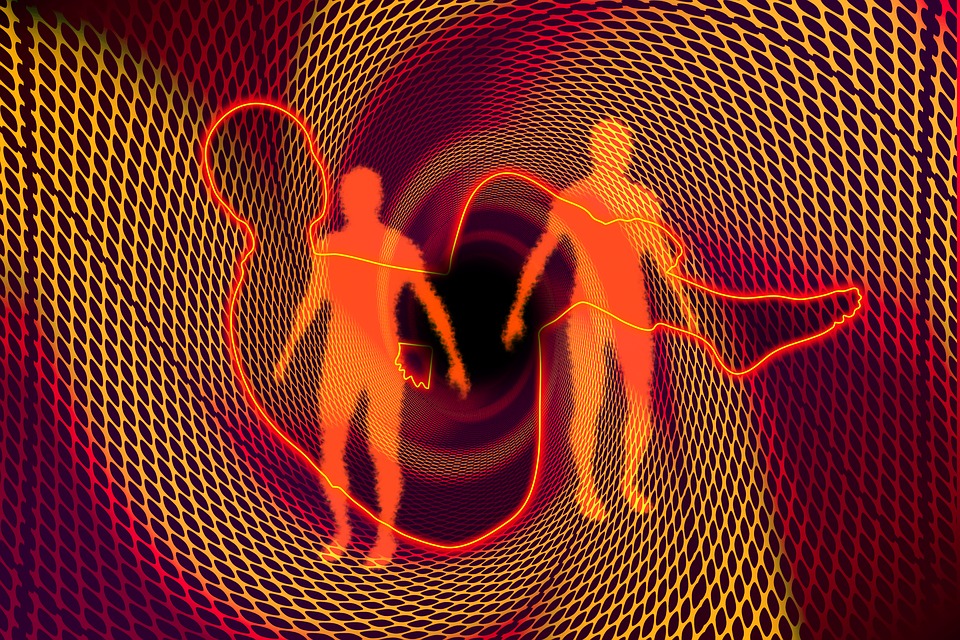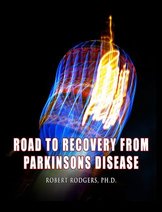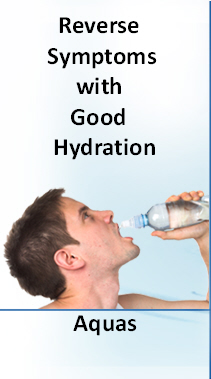My research over the past decade has identified dozens of therapies that help people reverse the symptoms associated with a diagnosis of Parkinson’s disease. Therapies that
show resounding success for some people fizzle for others.
The surprise discovery is that many therapies help. Great. Â OK. What do these therapies all have in common?
My answer may surprise you. Therapies that help people heal from neurological difficulties offer ways to settle and calm the sympathetic nervous system. This opens the opportunity
for the parasympathetic nervous system to function as designed.
We all exert control over our sympathetic nervous system. When we confront a hungry bear on the wilderness trail while hiking, we activate an instant rush of adrenaline to address the challenge.  Our response may be to fight, freeze or flight.
When the sympathetic nervous system is constantly churning and, for some with Parkinson’s symptoms, churning its gears on overdrive, the parasympathetic nervous system becomes overwhelmed. Both are necessary for the body function and survive.
The challenge for people with Parkinson’s symptoms is that the sympathetic nervous system is almost always dominating the parasympathetic  nervous system. In other words, the good guy here (the parasympathetic nervous system) is smothered by the bad guy (the sympathetic nervous system).
How does this play out moment to moment? People who experience Parkinson’s symptoms often have spurts of anxiety, panic attacks or are continuously stressed out with unfounded worries, unrealistic fears or negative thinking that scares the heck out of them. The churning of anxiety pumps out the hormones like adrenaline that stirs excitation throughout the body – so much so that the nervous
system is overstimulated.
Over the long haul deep ruts are carved in the neural pathways which eventually causes the myelin sheaths that cover and protect them to thin. The protective insulation is compromised. A type of “shorting out” occurs just as an electrical circuit short circuits when the insulation covering on the raw wires is exposed.
What then do all of the therapies that help people reverse their symptoms have in common? One therapy or another helps calm down the sympathetic nervous system so that it is not continuously running on overdrive. A body that is continuously running at a furious pace never has an opportunity to rest and rejuvenate. The resting state (the parasympathetic state which is automatic and effortless) gets a little tender loving support
when the sympathetic nervous system is quieted.
The bottom line is this. If you find yourself being nervous and anxious most of the day and night your body will never get the opportunity to rejuvenate and heal itself. Best to let off the steam of the sympathetic nervous system by embracing a therapy that helps reduce its intensity.
Robert Rodgers PhD
Road to Recovery from Parkinsons Disease





Leave a Reply